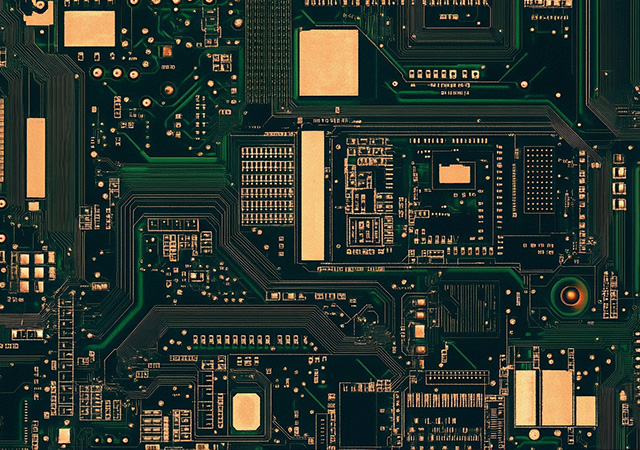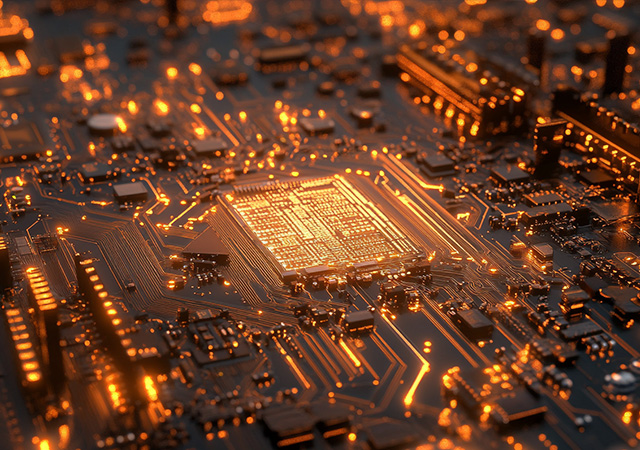-
- PCB TYPE
- PRINTED CIRCUIT BOARD PROTOTYPE ALUMINUM PRINTED CIRCUIT BOARD R&F PCB FPC HIGH FREQUENCY PCB HIGH-TG PCB HEAVY COPPER PCB HDI PCB PCB FOR LIGHTING METAL CORE PCB

LED Backlight CEM3 serves as a foundational substrate for modern display backlighting systems, bridging the gap between generic CEM3 substrates (limited to basic lighting) and specialized materials (e.g., metal-core FR4, ceramic) that carry premium costs. Unlike substrates designed for a single backlight type, LED Backlight CEM3 is engineered to adapt to diverse backlight architectures—edge-lit, direct-lit, and emerging flexible designs—while balancing electrical performance, mechanical durability, and cost efficiency. This versatility makes it a staple in displays ranging from consumer electronics (smartphones, tablets) to industrial interfaces and automotive infotainment.Display manufacturers face a persistent challenge: matching substrate capabilities to backlight requirements without overspending. Generic CEM3 often fails to meet the precision needed for edge-lit backlight alignment or the thermal resilience of direct-lit arrays, while specialized substrates strain budgets for mid-

High Brightness CEM3 LED Backlight Boards are indispensable for display systems needing strong visibility in tough conditions—outdoor billboards, industrial control panels, medical diagnostic monitors, and automotive HUDs. Unlike standard brightness boards (300–500 nits), high brightness variants (800+ nits) demand more from their substrate: managing heat from dense LED arrays, maintaining uniform light across large surfaces, and retaining mechanical stability under prolonged high-power use.CEM3 stands out as an ideal substrate, balancing three key needs: thermal resilience for high-power LED heat, dielectric stability for consistent current (critical for brightness uniformity), and cost-effectiveness vs. specialized substrates like MCFR4 or ceramic. Standard CEM3 struggles with high brightness—suffering thermal degradation, uneven light, or premature failure—but optimized High Brightness CEM3 boards fix these gaps via material tweaks, design adjustments, and integration with complemen

LED Backlight CEM3 PCB Suppliers are critical to the performance and scalability of LED backlight modules—essential for displays in TVs, automotive infotainment, laptops, and wearables. Unlike generic CEM3 PCB suppliers, those specializing in LED backlights address unique demands: uniform light distribution, thermal management for dense LED arrays, and compatibility with high-volume production lines.LED backlight modules depend on PCBs to mount LEDs, distribute power, and ensure consistent light output. Standard CEM3 PCBs often fail here: poor flatness causes LED misalignment (ruining uniformity), while inadequate thermal paths lead to LED overheating (shortening lifespan). Specialized suppliers resolve these gaps by tailoring CEM3’s properties to backlight needs, balancing cost-effectiveness with precision for light uniformity and thermal stability.This article explores the core capabilities of top LED Backlight CEM3 PCB Suppliers, their role in optimizing backlight performance, real-

CEM3 PCB is a versatile substrate bridging low-cost/low-performance CEM1 and high-cost specialized substrates (high-frequency FR4, ceramic). It balances electrical insulation, mechanical stability, and cost-effectiveness, making it ideal for mid-tier electronics (industrial controls, consumer appliances, automotive auxiliaries).Engineers face challenges: generic CEM1 lacks durability for harsh conditions, while specialized substrates exceed mid-volume budgets. CEM3 solves this with customizable properties (adjustable dielectric behavior, manufacturing compatibility) tailored to applications without sacrificing affordability.This article explores CEM3’s adaptive attributes, industry applications, design optimizations, and future trends—supporting engineers building flexible, cost-efficient systems.

ST210G Thermal Conductivity CEM3 is a key advancement in substrates for electronics requiring efficient heat transfer. Unlike conventional CEM3 (treating thermal conductivity as secondary), it prioritizes in-plane and through-plane heat transfer, balancing cost-effectiveness with heat management in power-dense applications (industrial motor controls, automotive infotainment).Subpar thermal conductivity traps heat, reducing component lifespan and increasing failures. Conventional CEM3 forces engineers to oversize cooling or accept poor reliability. ST210G resolves this with advanced thermal enhancers, delivering 2–3x the conductivity of standard CEM3 while retaining insulation, stability, and affordability.This article explores ST210G’s heat transfer mechanisms, industry applications, design optimizations, and future innovations—supporting engineers building efficient, reliable systems.

Got project ready to assembly? Contact us: info@apollopcb.com



We're not around but we still want to hear from you! Leave us a note:

Leave Message to APOLLOPCB
